Explanatory Note
to the Curriculum of Basic General Education (FGOS)
MKOU Secondary School No. 2, Makaryev
for 2016–2017
The educational institution’s curriculum is developed on the basis of the following legal and regulatory documents:
The Law of the Russian Federation of 29 December 2012 No. 273‑FZ “On Education in the Russian Federation”
Order of the Ministry of Education and Science of the Russian Federation of 17 December 2010 No. 1897 “On Approval of the Federal State Educational Standard of Basic General Education (hereinafter – FGOS of Basic General Education)”
Order of the Ministry of Education and Science of the Russian Federation of 30 August 2013 No. 1015 “On Approving the Procedure for Organizing and Conducting Educational Activities under Basic General Education Programs – Educational Programs of Primary General, Basic General, and Secondary General Education”
Resolution of the Chief State Sanitary Doctor of the Russian Federation of 24 November 2015 No. 81 “On Approval of Amendments No. 3 to SanPiN 2.4.2.2821‑10 ‘Sanitary and Epidemiological Requirements for the Conditions and Organization of Education in General Education Institutions’”
Order of the Department of Education and Science (DON) of the Kostroma Region No. 1312 of 10 August 2014 “On Approval of the Regional Basic Curriculum for Educational Institutions of the Kostroma Region Implementing General Education Programs. Instruction‑Methodical Letter of the DON of the Kostroma Region ‘On the Formation of Curricula for General Education Organizations of the Kostroma Region Implementing the Basic General, Primary General, and Secondary General Education Programs for the 2015/2016 Academic Year’ (07.07.15)”
Order of the DON of the Kostroma Region No. 1577 of 31 December 2015 “On Amendments to the Federal State Educational Standard of Basic General Education”
Informational Letter of the Ministry of Education and Science of the Russian Federation No. 03‑296 of 12 May 2011 “On the Organization of Extracurricular Activities upon the Introduction of the Federal State Educational Standard of General Education”
The curriculum is a component of the school’s main educational program.
The duration for obtaining basic general education, and the number of instructional hours over the normative period, are established by the federal state educational standards of general education and provide for:
a 5‑year normative period for mastering the educational programs of basic general education for grades V–IX (and for students with disabilities or limited health capacities, when using adapted basic general educational programs, regardless of the educational technologies used, may be extended by no more than one year) (paragraph 4, point 2 of FGOS BGE).
The number of instructional hours over the normative period is defined:
in FGOS BGE – over 5 years it may be not less than 5,267 hours and not more than 6,020 hours.
The institution’s curriculum ensures compliance with the hygienic requirements for the educational process regime, established by SanPiN 2.4.2.2821‑10.
Hygienic Requirements for Maximum Weekly Educational Load
| Grades | Maximum permissible weekly load in academic hours | |
|---|---|---|
| with a 6‑day week, no more than | with a 5‑day week, no more than | |
| 5 | 32 | 29 |
| 6 | 33 | 30 |
| 7 | 35 | 32 |
| 8–9 | 36 | 33 |
In the 2016–2017 academic year, the general education organization implements FGOS BGE in grades 5–7.
MKOU Secondary School No. 2, Makaryev, at the level of basic general education operates on a 6‑day school week. The school year begins on 1 September. The duration of the school year for grades 5–9 is 34 instructional weeks. Holidays during the school year total at least 30 calendar days; summer vacation is at least 8 weeks. The duration of a lesson in grades 5–9 does not exceed 45 minutes (paragraph 10.10 SanPiN 2.4.2.2821‑10).
The curriculum consists of two parts — the mandatory part and the part formed by participants in the educational relationships.
The curriculum includes the following mandatory subject areas and subjects:
Russian Language and Literature (Russian language; Literature)
Foreign Languages (First foreign language; Second foreign language)
Social Sciences (History of Russia; World History; Social Studies; Geography)
Mathematics and Informatics (Mathematics; Algebra; Geometry; Informatics)
Foundations of Spiritual and Moral Culture of the Peoples of Russia
Natural Sciences (Physics; Biology; Chemistry)
Arts (Visual Arts; Music)
Technology (Technology)
Physical Education and Fundamentals of Life Safety (Physical Education; Fundamentals of Life Safety).
The substantive content of the curriculum portion formed by participants in the educational relationships is based on consideration of the opinions of participants in the educational process, as well as the specific character of the educational institution.
Time allocated for this portion of the model curriculum is intended for:
– increasing instructional hours provided for in-depth study of certain mandatory subjects;
– introducing specially developed study courses that address the interests and needs of participants in the educational relationships;
– other types of educational activity by students, including research and project work.
The decision to include any course in the part of the curriculum formed by participants in the educational relationships is justified by their choice.
Educational demands of participants in the educational process are also addressed through extracurricular student activities.
in grade 5 via the subject “Foundations of Spiritual and Moral Culture of the Peoples of Russia,” included in the mandatory part of the curriculum;
in grades 6–7 via study of the course “Istoki,” containing a regional component, included in the part of the curriculum formed by participants in the educational relationships, which ensures continuity, consistency, and systematic work in students’ spiritual and moral education.
Weekly Curriculum for Grades 5–7
| Subject Areas | Subjects | Grades | Weekly Hours |
|---|---|---|---|
| 5a | 5b |
Mandatory Part
Russian Language & Literature
Russian Language | 5 | 5 | 6 | 6 | 4 | 4 | 30
Literature | 3 | 3 | 3 | 3 | 2 | 2 | 16
Foreign Languages
First Foreign Language | 3 | 3 | 3 | 3 | 3 | 3 | 18
Second Foreign Language | — | — | — | — | — | — | —
Mathematics & Informatics
Mathematics | 5 | 5 | 5 | 5 | — | — | 20
Algebra | — | — | 3 | 3 | — | — | 6
Geometry | — | — | 2 | 2 | — | — | 4
Informatics | — | — | 1 | 1 | — | — | 2
Social Sciences
History | 2 | 2 | 2 | 2 | 2 | 2 | 12
Social Studies | 1 | 1 | 1 | 1 | 1 | 1 | 6
Geography | 1 | 1 | 1 | 1 | 2 | 2 | 8
Foundations of Spiritual & Moral Culture of the Peoples of Russia
Foundations of Spiritual & Moral Culture | 1/0 | 1/0 | — | — | 1 | — | —
Natural Sciences
Physics | — | — | 2 | 2 | — | — | 4
Chemistry | — | — | — | — | — | — | —
Biology | 1 | 1 | 1 | 1 | 2 | 2 | 8
Arts
Music | 1 | 1 | 1 | 1 | 1 | 1 | 6
Visual Arts | 1 | 1 | 1 | 1 | 1 | 1 | 6
Technology
Technology | 2 | 2 | 2 | 2 | 2 | 2 | 12
Physical Education & Life Safety
Life Safety (OBZh) | — | — | — | — | — | — | —
Physical Education | 3 | 3 | 3 | 3 | 3 | 3 | 18
Total | 28.5 | 28.5 | 29 | 29 | 31 | 31 | 177
Part of the Curriculum Formed by Participants in the Educational Process (6‑day week)
| Subject | Weekly Hours |
Informatics & ICT | 1 | 1 | 1 | 1 | — | — | 4
OBZh | 0.5 | 0.5 | 0.5 | 0.5 | 0.5 | 0.5 | 3
Foundations of Project Activity | 0.25 | 0.25 | — | — | — | — | 0.5
Istoki | — | — | 0.5 | 0.5 | 0.5 | 0.5 | 2
Introduction to History | 0.5 | 0.5 | — | — | — | — | 1
History of Native Region | 0.5 | 0.5 | 0.5 | 0.5 | — | — | 2
Expressive Means of Language (ph) | — | — | 0.5 | 0.5 | — | — | 1
Fundamentals of Topography | 0.5 | 0.5 | — | — | — | — | 1
Geographic Regional Studies | — | — | 0.5 | 0.5 | — | — | 1
Literature of Native Region | 0.5 | 0.5 | 0.5 | 0.5 | — | — | 2
Aerobics for All | — | — | 0.5 | 0.5 | — | — | 1
Ecology | — | — | — | — | 0.5 | 0.5 | 1
Solving Historical Tasks | — | — | 0.5 | — | 0.5 | — | 1
Valeology / Forestry Science | — | — | 0.5 / 0.5 | — | — | — | 1
Treasury of Folk Crafts | 0.25 | 0.25 | — | — | — | — | 0.5
Financial Literacy | — | — | 0.5 | — | — | — | 0.5
Physics in Problems & Experiments / Mathematics (IGZ) | 0.25 / 0.25 | — | — | — | — | — | 0.5
Maximum Permissible Classroom Educational Load (6‑day week) | 32 | 32 | 33 | 33 | 35 | 35 | 200
To accommodate individual needs of students, the curriculum’s participant‑formed portion may include courses catering to diverse interests. These courses may be implemented as projects, whose defense is scheduled at the end of the academic year as a summation of FGOS implementation. The subject “History of the Native Region” is introduced in grades 6–7 for 0.5 hour per week. The course covers the history of the Kostroma region in conjunction with national history, fostering the formation of patriotism and civic identity. The subject “Literature of the Native Region” is introduced in grades 6–7 for 0.5 hour per week. Its study broadens and deepens students’ understanding of the literature of the Kostroma region and fosters the development of a creative, responsible, and competent personality.
Interim assessment is conducted annually in grades 5–9. Students are assessed in quarters in grades 5–9. Quarterly grades in grades 5–9 are based on ongoing work, taking into account results of interim assessments in subjects designated by the school’s pedagogical council. Quarterly assessment is conducted in subjects with a load of 1 hour or more in the curriculum. For subjects with a load of 0.5 hour or less, assessment is done semiannually. Yearly grades are determined based on quarterly or semiannual grades considering interim assessment results. The form of interim assessment, the list of subjects to be assessed, and the assessment schedule are determined by the pedagogical council before the start of the academic year and communicated to parents (legal guardians). Interim assessment in transitional classes may take the following forms: test, transitional written or oral exams, interviews, pass/fail, testing, defense of essays and creative work, project defense, and other forms.
| Form | Grade | Subject | Frequency |
|---|---|---|---|
| Test / control work | 5–7 | Mathematics, Russian Language | September / end of first half‑year |
| Reading skill control | 5 | Literature | September |
| Comprehensive work | 5–7 | Meta‑subject | End of school year |
| Standard control work | 7 | Physics | End of school year |
Results of interim assessment represent the outcomes of in‑school monitoring of individual educational achievements of students, reflecting the dynamics in their ability to solve educational, practical, and cognitive tasks and project skills. Interim assessment is carried out as a joint evaluative activity of teachers and students, i.e., is an internal evaluation. Results of final assessments (including state exams) characterize the level of achievement of subject and meta‑subject outcomes of mastering the main educational program of basic general education required for further education. State (final) assessment of graduates is conducted by external (relative to the educational institution) bodies, i.e., is an external evaluation.
Ion Product of Water and the pH Scale: Definition, Calculations, and Applications
Stages of Project Work
Notification on Amendments to the Quarterly Report Text
Exam Schedule for Foreign Citizens (Ukrainian Nationals) at Secondary School No. 19 with Advanced Study of Specific Subjects

 Deutsch
Deutsch
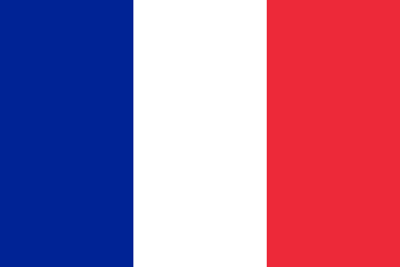 Francais
Francais
 Nederlands
Nederlands
 Svenska
Svenska
 Norsk
Norsk
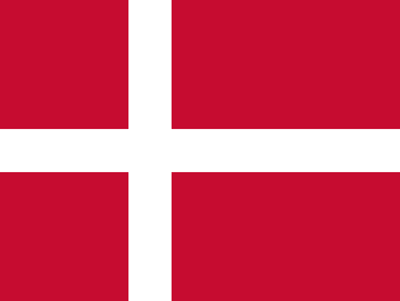 Dansk
Dansk
 Suomi
Suomi
 Espanol
Espanol
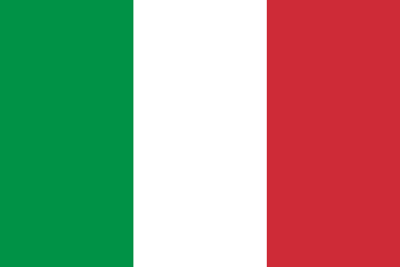 Italiano
Italiano
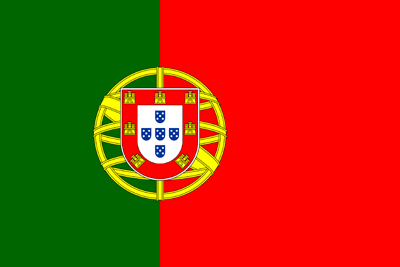 Portugues
Portugues
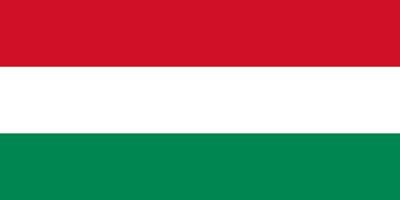 Magyar
Magyar
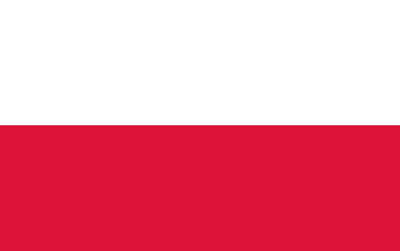 Polski
Polski
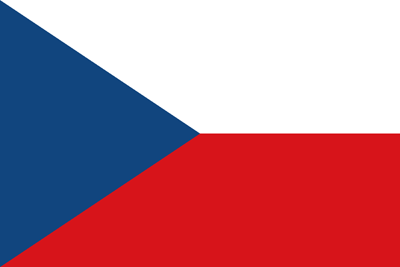 Cestina
Cestina
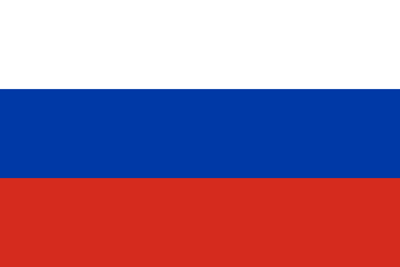 Русский
Русский